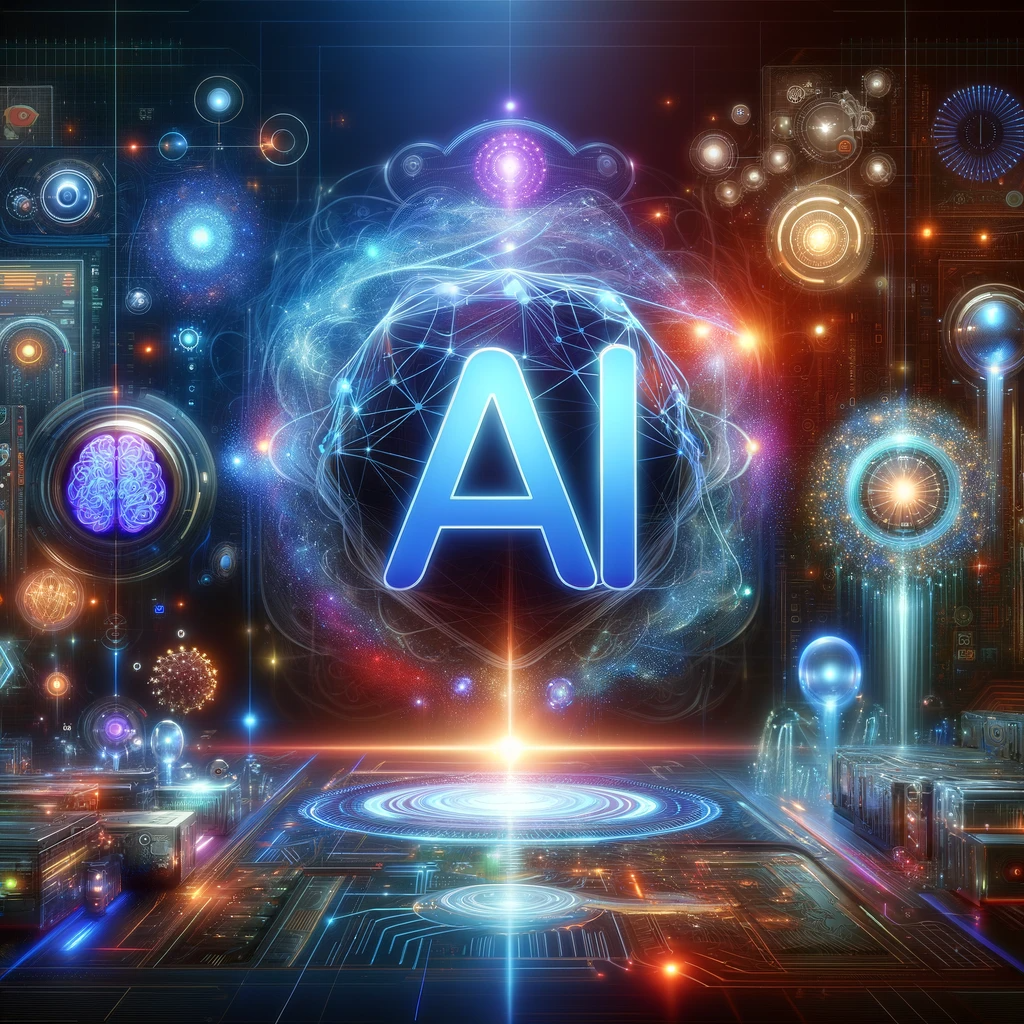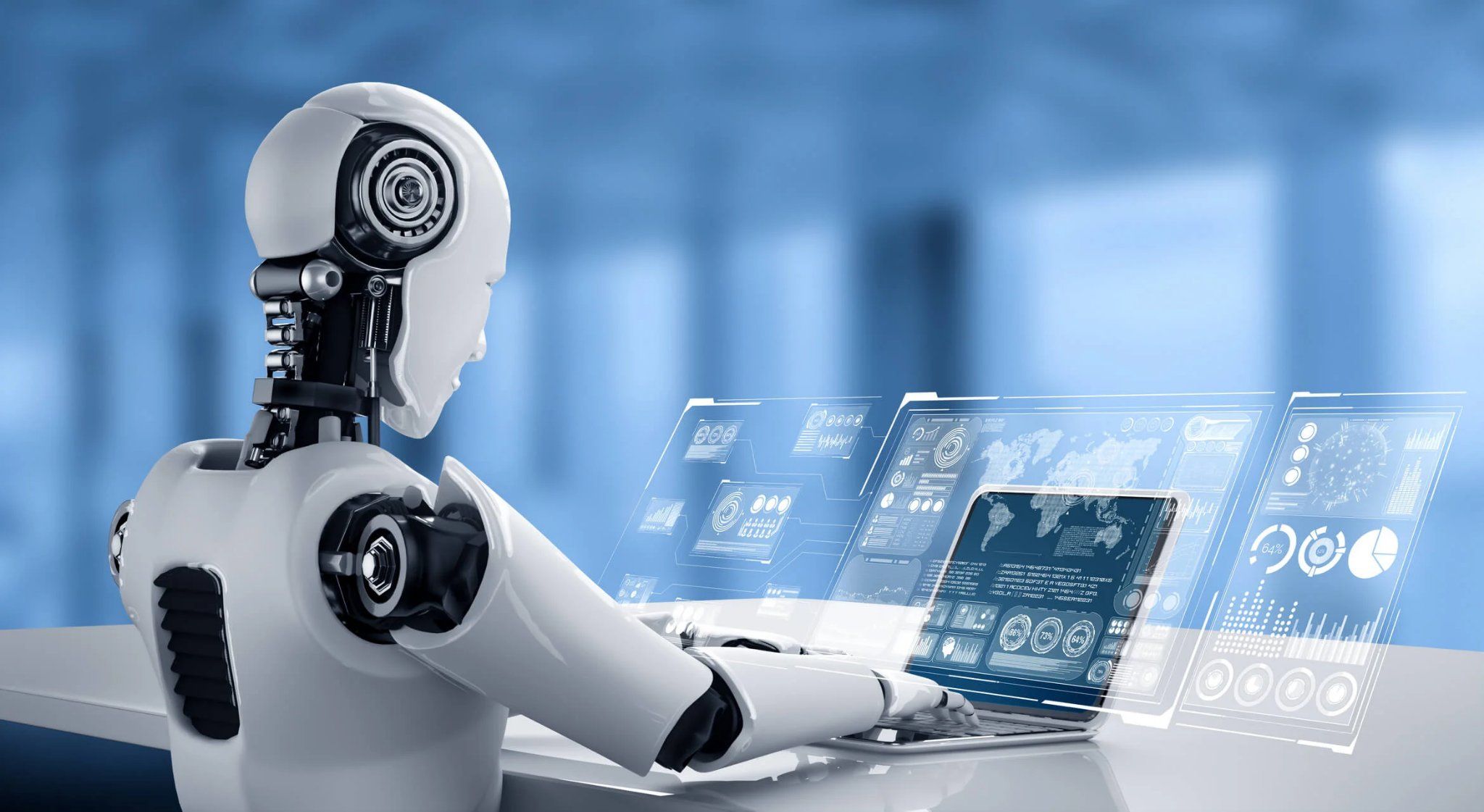Have you ever wondered how machines seem to get smarter over time, picking up new skills and even understanding things that feel uniquely human? It's a pretty fascinating thought, isn't it? This idea of artificial intelligence, or AI, isn't just a futuristic dream anymore; it's very much a part of our daily lives, quietly working behind the scenes in so many ways.
When we talk about "AI garner," we're really getting at the heart of how these clever systems gather information and use it to improve. It's about how AI collects, processes, and integrates new knowledge to become more capable. Think of it like a sponge, soaking up everything it encounters, which is, you know, pretty much what happens.
From helping us find the best routes to recommending movies we might like, AI's ability to learn and adapt through new data is what makes it so useful. This process of learning is actually what allows AI to perform tasks that, not so long ago, seemed to need a human touch. So, let's take a closer look at what "AI garner" truly means for how AI works and what it can do for us, okay?
Table of Contents
- What Does "AI Garner" Really Mean?
- How AI Gathers and Uses Information
- The Importance of Data for AI's Growth
- AI and the Spark of Human Intelligence
- AGI and the Future of AI Garner
- Common Questions About AI Garner
- Making AI Beneficial for Everyone
What Does "AI Garner" Really Mean?
When we use the phrase "AI garner," we're essentially talking about the core process that allows artificial intelligence to function and improve. It refers to the way AI systems collect, absorb, and make sense of vast amounts of information. This gathering of data is absolutely essential for AI to learn, to grow, and to perform tasks that would otherwise require a human brain, you know?
Artificial intelligence, in its simplest form, is the theory and development of computer systems that can do things that usually need human intelligence. This could be recognizing faces in a crowd, understanding spoken words, or even making decisions based on complex patterns. The "garnering" part is how these systems get the raw material – the data – to develop these abilities.
It's been around since the 1950s, this idea of machines thinking, but the ability for AI to truly "garner" and use data effectively has really exploded recently. This is thanks to huge amounts of available data and better computing power. So, when an AI system learns and adapts, it's because it's constantly garnering new data and integrating it into its understanding, basically.
How AI Gathers and Uses Information
AI systems are pretty good at picking up new information, and they do this through various methods. One common way is by analyzing huge datasets. These datasets can contain anything from images and sounds to written text and numerical figures. The AI looks for patterns within this data, which is, you know, how it starts to learn.
For example, if an AI is learning to identify cats, it will "garner" thousands, even millions, of pictures of cats. It learns what features make something a cat – the shape of its ears, the whiskers, the way its eyes look. It's not just memorizing; it's figuring out the underlying characteristics, so it can then spot a cat it's never seen before, pretty much.
This process of "garnering" also involves feedback. When an AI makes a prediction or performs a task, it often gets feedback on whether it was right or wrong. This feedback becomes new data that the AI uses to refine its internal models. It's a continuous loop of learning and improving, which, you know, helps it get better over time.
Think of a recommendation system on a streaming service. It "garners" data about what you watch, what you skip, what you rate highly. Then, it uses this information to suggest other shows or movies you might enjoy. The more you use it, the more data it garners about your preferences, and the better its recommendations become, which is, you know, pretty cool.
The Importance of Data for AI's Growth
The quality and quantity of data an AI can "garner" are incredibly important for its success. Without good, diverse data, an AI might learn the wrong things or develop biases. It's like trying to teach a child about the world but only showing them one small corner of it; their understanding would be very limited, you know?
High-quality data helps AI systems become more accurate and reliable. If the data used to train an AI is messy or incomplete, the AI's performance will suffer. This is why a lot of effort goes into collecting and preparing data for AI training. It's a foundational step, essentially, for any AI development.
The ability for AI to "garner" new data also means it can adapt to changing situations. For instance, a self-driving car AI constantly "garners" new information about road conditions, traffic, and pedestrian movements. This allows it to react appropriately and safely, even in situations it hasn't directly encountered before, which is, you know, pretty vital.
This constant intake of new information means AI systems are not static. They are always learning, always adjusting, always "garnering" more understanding. This makes them incredibly flexible tools for a wide range of problems, from medical diagnosis to climate modeling, and stuff like that.
AI and the Spark of Human Intelligence
Artificial intelligence is, at its heart, about machines doing tasks that historically required human intelligence. This includes things like recognizing patterns, understanding language, solving problems, and even learning from experience. The "AI garner" process helps machines mimic these human abilities, in a way.
For example, when an AI system is trained to recognize emotions in speech, it "garners" vast amounts of audio data with different emotional tones. It learns to associate certain vocal inflections and speech patterns with specific feelings, like joy or sadness. This is a bit like how a human learns to read social cues, you know?
However, it's important to remember that AI's "garnering" of data is different from human experience. Humans learn not just from raw data but from context, emotions, and a lifetime of personal interactions. AI, for now, learns within the confines of the data it's given, which is, you know, a pretty big distinction.
The goal isn't to replace human intelligence but to augment it. AI can process and "garner" information at speeds and scales far beyond human capability. This allows us to tackle problems that were previously too complex or time-consuming, which is, you know, a very good thing.
AGI and the Future of AI Garner
The concept of "AI garner" becomes even more interesting when we think about Artificial General Intelligence, or AGI. AGI refers to AI systems that can understand, learn, and apply intelligence across a wide range of tasks, much like a human can. Building safe and beneficial AGI is a huge mission for many researchers, you know.
For AGI to truly come about, its ability to "garner" information would need to be incredibly sophisticated. It would need to learn not just from specific datasets but from the world around it, making connections and drawing conclusions in a much more flexible way. This would be a significant step beyond the specialized AI we mostly see today, essentially.
The challenge with AGI and its "garnering" capabilities is ensuring that as it learns and adapts, it does so in a way that aligns with human values and safety. If an AGI can "garner" knowledge from anywhere, we need to be sure it's learning things that lead to positive outcomes for everyone, which is, you know, a serious consideration.
The future of "AI garner" in the context of AGI means thinking about how these systems will continuously acquire new information, integrate it, and evolve. It's about creating systems that are not only intelligent but also wise and responsible in their learning, as a matter of fact. This is a big part of the ongoing discussion around AI ethics and development.
Common Questions About AI Garner
People often have questions about how AI learns and collects information. Here are a few common ones, which, you know, come up a lot.
How does AI learn and adapt through new data?
AI learns and adapts through new data by continuously processing it and updating its internal models. When an AI receives new information, it compares it to what it already knows. If there's a difference or a new pattern emerges, the AI adjusts its algorithms to account for this. This is how it refines its predictions or actions over time, which is, you know, pretty neat. It's a bit like how a person learns from new experiences, essentially.
What tasks can AI perform that historically required human intelligence?
Artificial intelligence can perform many tasks that used to need human intelligence. This includes things like recognizing faces in photos, understanding and responding to spoken commands, translating languages, playing complex games like chess or Go, and even diagnosing medical conditions from images. It's also used for things like fraud detection, personalized recommendations, and operating self-driving cars, which is, you know, quite a range.
How long has artificial intelligence been around?
The concept of artificial intelligence has been around for a surprisingly long time. The idea of machines that can think or perform human-like tasks really started gaining traction in the 1950s. Early pioneers began exploring how computers could solve problems and learn. So, while modern AI feels new and exciting, its roots go back several decades, you know, to those early days of computing.
Making AI Beneficial for Everyone
The ultimate aim of "AI garner" – of AI's ability to learn and grow – is to create systems that are truly beneficial for people. This means not just building powerful AI but also ensuring that its development is guided by principles of safety and fairness. It's about making sure that as AI collects more data and becomes more capable, it serves humanity in positive ways, you know.
Building safe and beneficial AGI is our mission, and it hinges on how AI "garners" its knowledge. This involves careful design, rigorous testing, and an ongoing commitment to ethical considerations. We want AI to be a tool that helps us solve big problems, improve lives, and create a better future, which is, you know, a pretty big goal.
As AI continues to learn and adapt through new data, integrating what it finds, it opens up incredible possibilities. From helping us understand complex scientific data to making our daily lives a little easier, the potential is vast. You can learn more about AI's journey on our site, and for a deeper look into the core concepts, you can check out this page here.
The journey of AI, and its ability to "garner" knowledge, is still unfolding. It's no longer confined to routine tasks; it's stepping into areas that demand more nuanced understanding. This ongoing development means we'll keep seeing AI systems doing more and more amazing things, which is, you know, pretty exciting for all of us.
For more information on the broader impact of AI on society, you might find resources from organizations like AI.gov helpful. They often discuss the ethical considerations and policy aspects of AI development, which is, you know, a very important part of the conversation today.



/ciol/media/post_banners/wp-content/uploads/2022/04/AI.jpg)